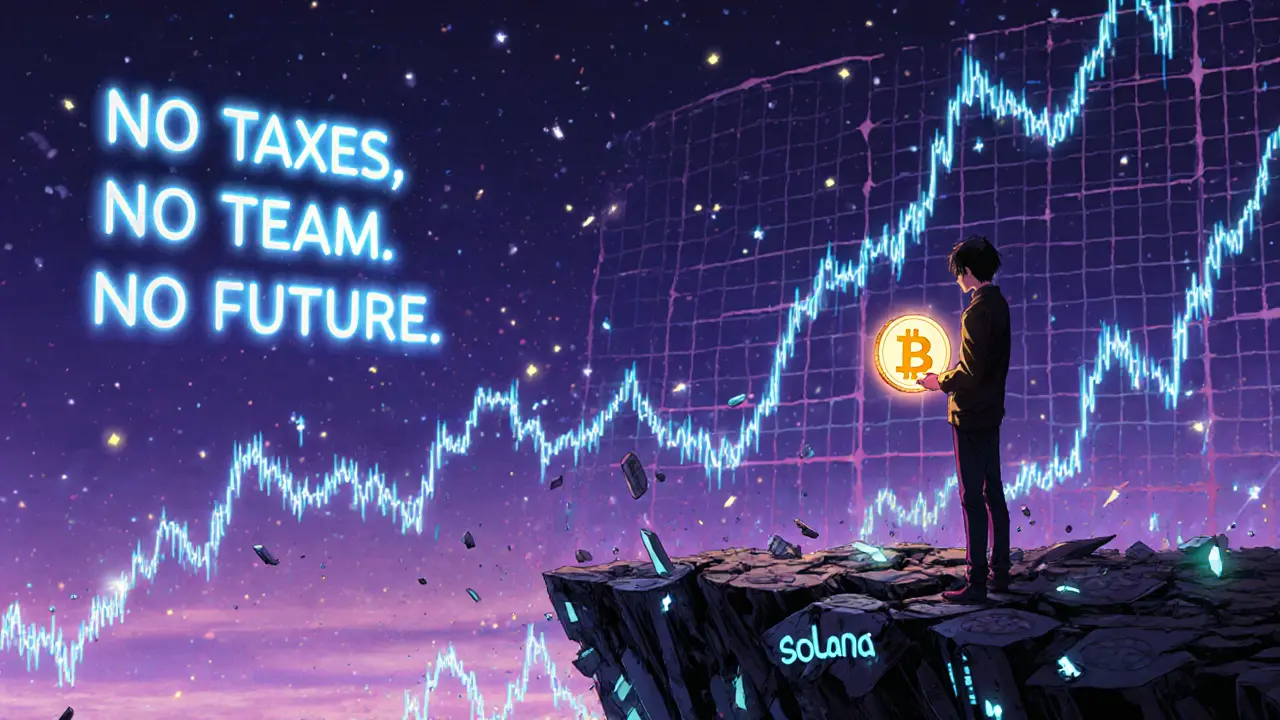What is EARL? Understanding the Term in Crypto and Blockchain Contexts
When people ask EARL, a term sometimes used in crypto circles as slang or shorthand, though it has no official definition in blockchain technology. Also known as E.A.R.L., it doesn't stand for any recognized protocol, token, or platform in the industry. You might see it pop up in forums, meme posts, or shady airdrop ads—but if you're looking for a real project called EARL, you won't find one. Unlike Balancer, Braintrust, or WRBTC, EARL has no whitepaper, no smart contract, no exchange listing. It’s not a coin. It’s not a DeFi tool. It’s not even a legitimate acronym in crypto.
So why does it keep showing up? Often, it’s used as a placeholder name in fake airdrops or scam campaigns trying to ride the wave of real projects like ACT token or DONK. Some users accidentally type it when they mean ETH or ERC-20. Others use it as internet slang—like "earl" as in "earl grey," implying something old or outdated. In rare cases, it’s a typo for "EARN," which is a whole different story. But in no case does EARL refer to a working blockchain product. The DeFi token, a digital asset used in decentralized finance protocols to enable staking, governance, or liquidity provision you’re chasing under the name EARL likely doesn’t exist. And if someone asks you to connect your wallet to claim it, you’re being targeted.
Real crypto projects don’t hide behind vague names. Look at TheForce Trade (FOC)—it had a name, a team, a token, then vanished. Metahorse Unity (MUNITY) had hype, then a 97% crash. Even Hacken (HAI) had a real security track record before scams stole its name. EARL has none of that. It’s noise. It’s a ghost term. And if you’re seeing it in a "free token" post, it’s a red flag wrapped in lowercase letters.
The real value isn’t in chasing EARL—it’s in learning how to spot these fake names before you lose money. That’s why this page pulls together posts about actual tokens, scams, and protocols you can verify. You’ll find clear breakdowns of real DeFi tools, verified airdrop methods, and red flags to avoid. No guesswork. No jargon traps. Just facts about what’s real, what’s fading, and what’s outright fake. If you’ve ever wondered why some crypto names feel off—this collection shows you how to tell the difference.
- November 1, 2025
- Comments 4
- Cryptocurrency

